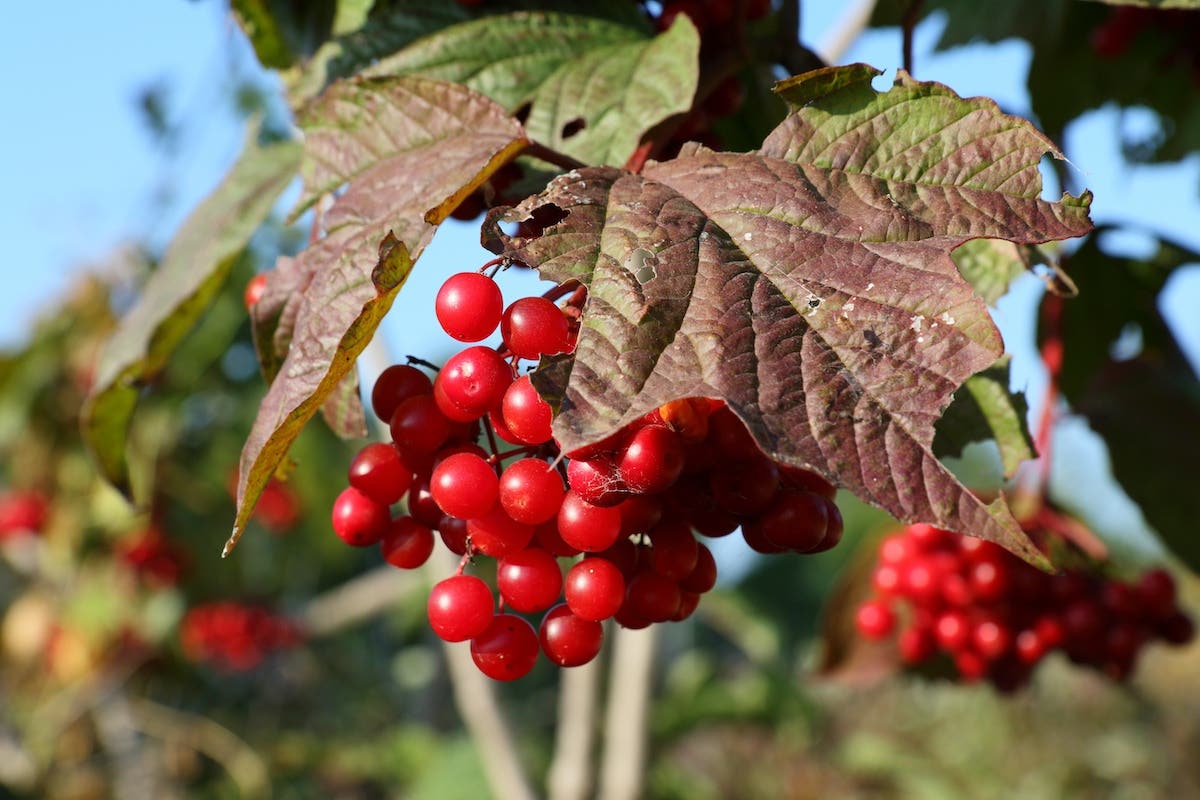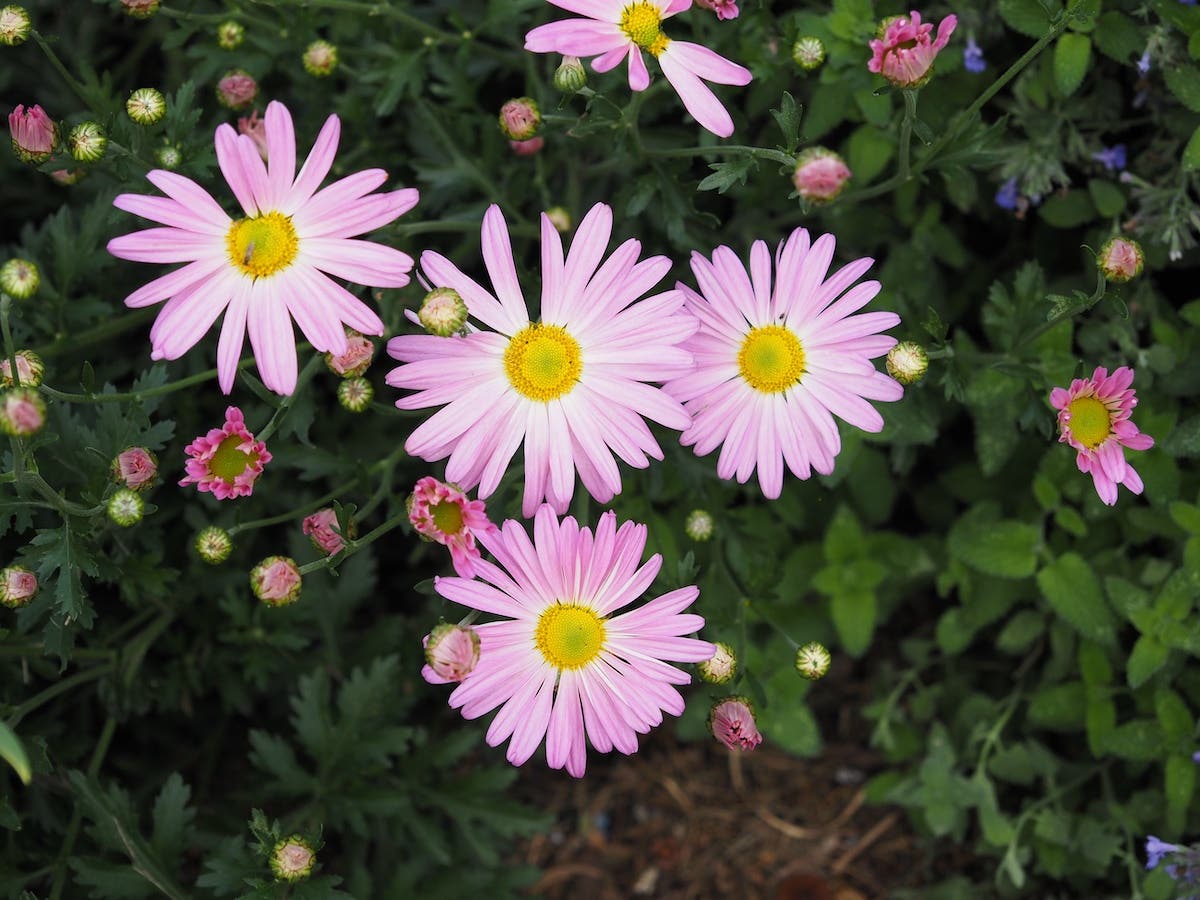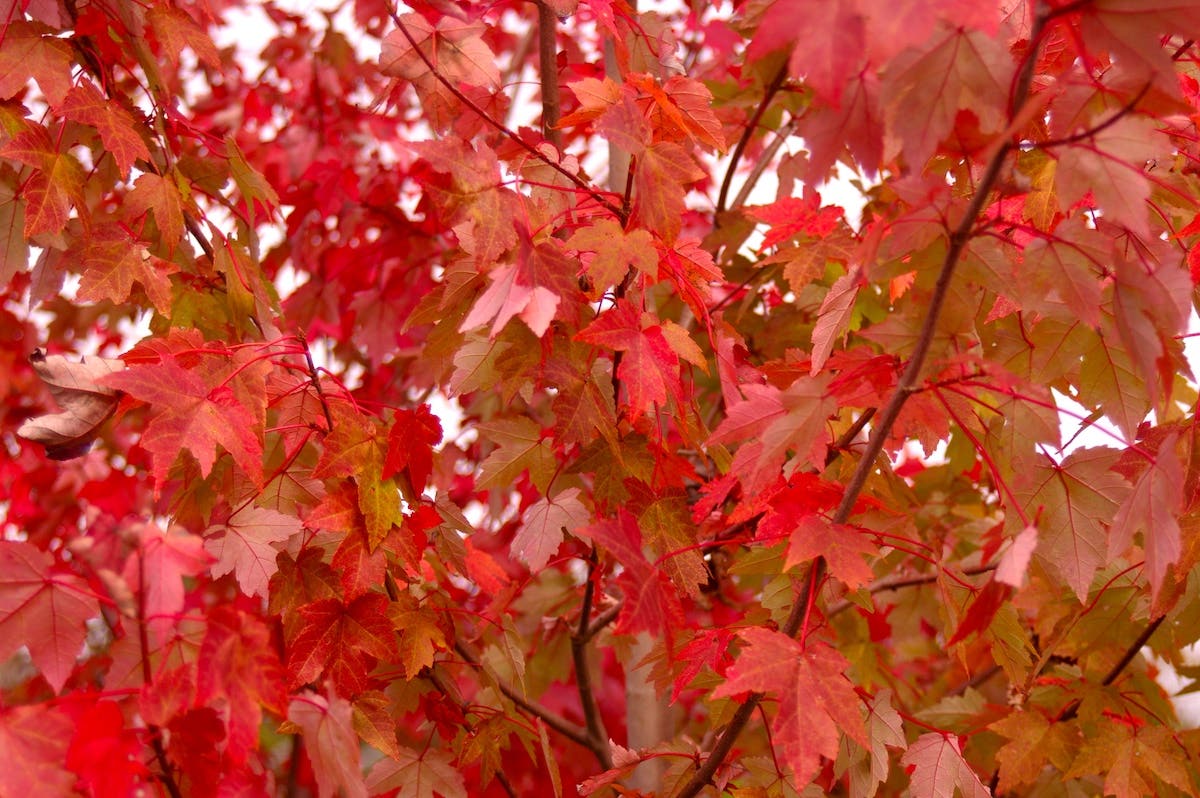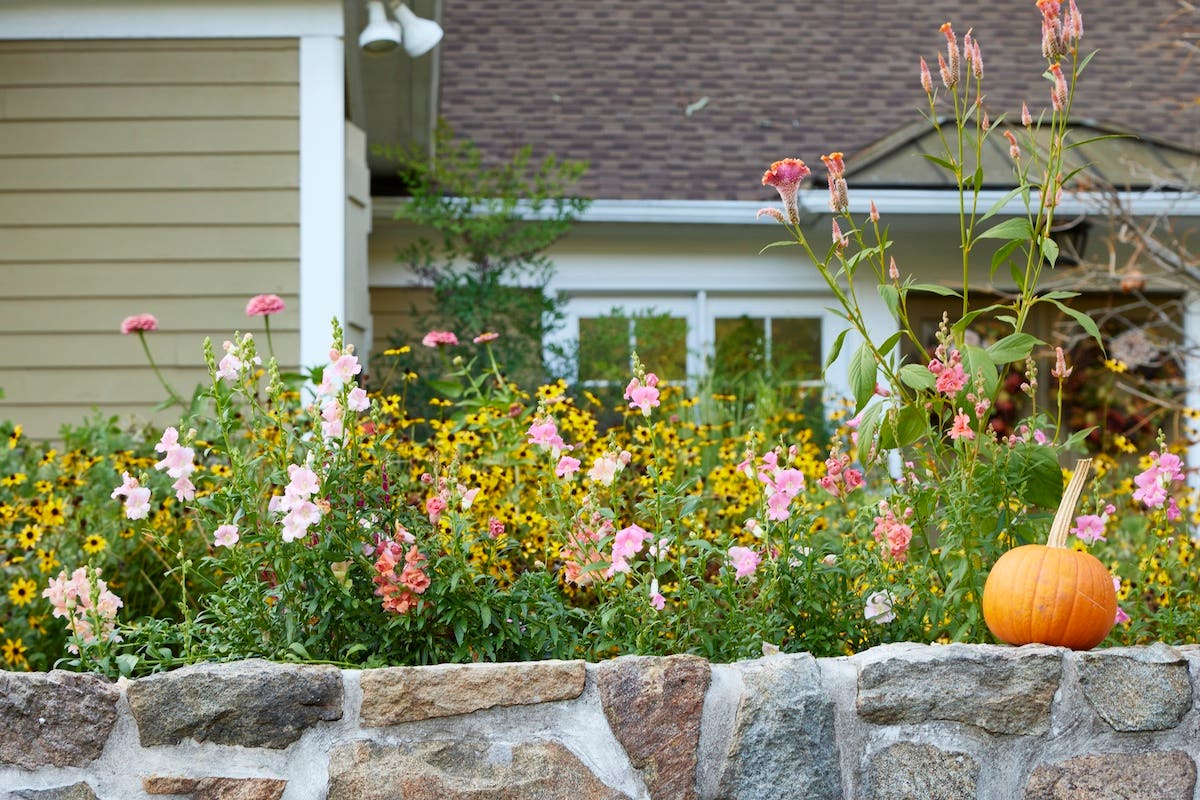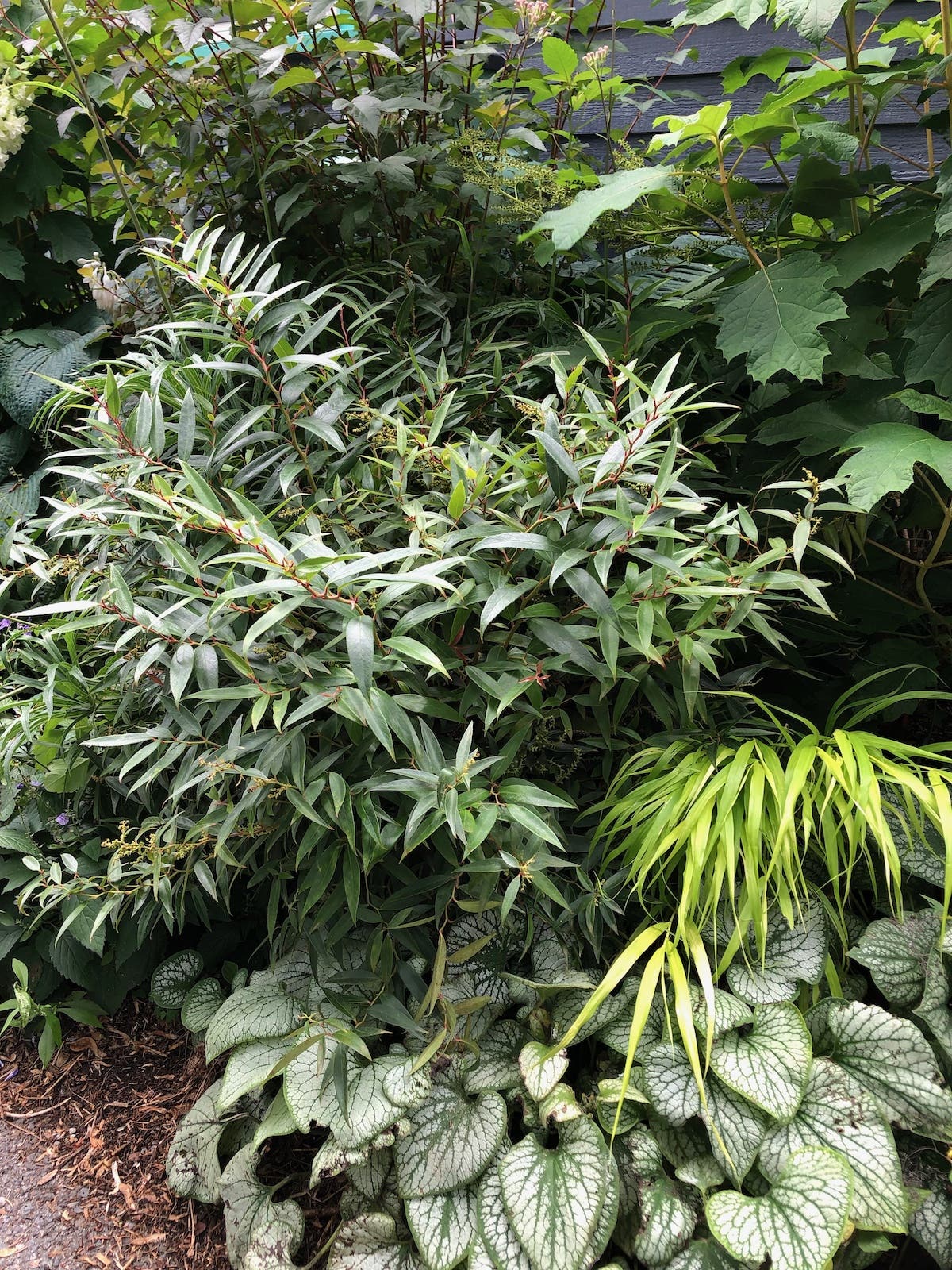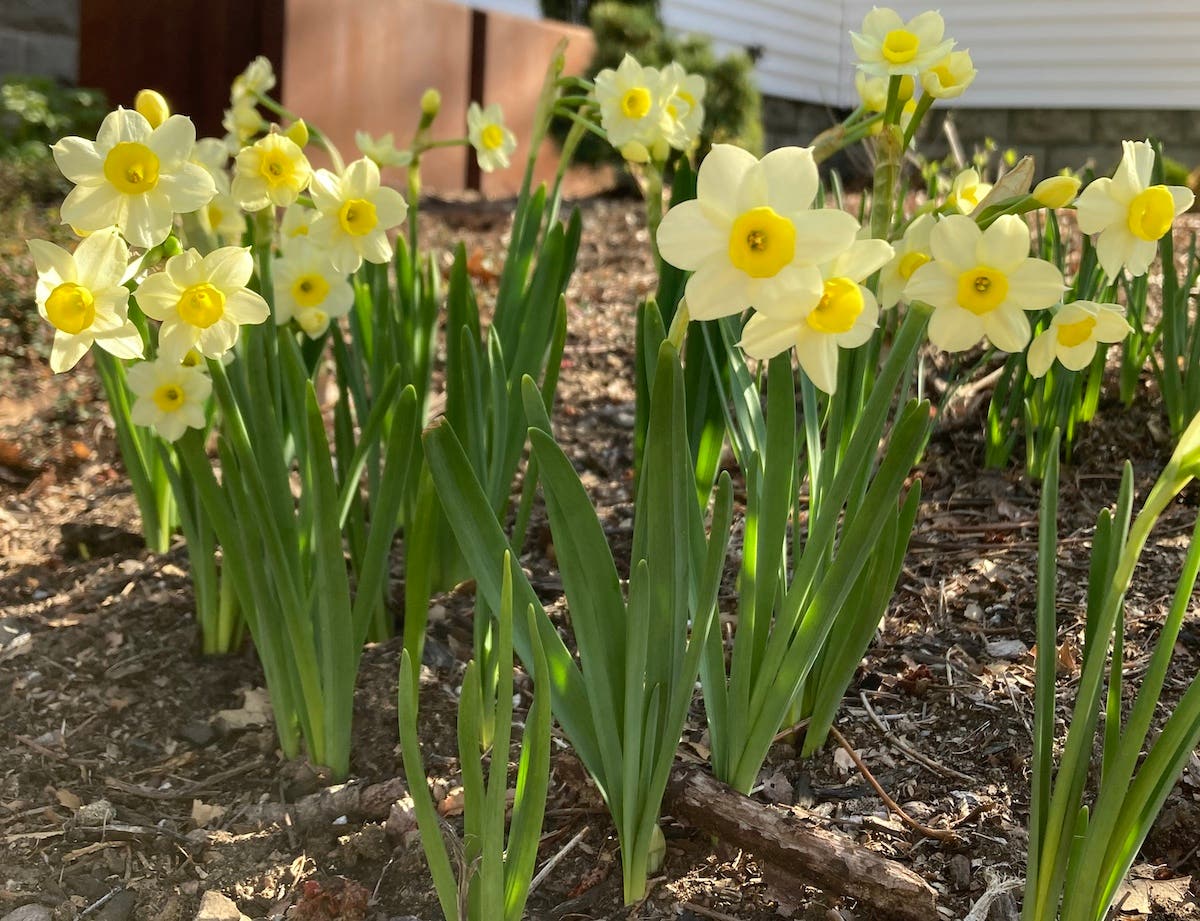Giant Sacaton Is an Impressive Ornamental Grass All Winter
Virtues: We love giant sacaton (Sporobolus wrightii) for its hardiness and its upright habit, which it retains throughout winter. A Southwest native, it tolerates heat and drought too. This species…
Virtues: We love giant sacaton (Sporobolus wrightii) for its hardiness and its upright habit, which it retains throughout winter. A Southwest native, it tolerates heat and drought too. This species of Sporobolus has been named Ornamental Grass of the Year for 2015 by the GreatPlants program out of Nebraska. Admirers of prairie dropseed (Sporobolus heterolepsis) will appreciate giant sacaton's quicker growth, stronger habit and ease of care, all in a bigger package.
Common name: Giant sacaton, big sacaton dropseed, Wright's dropseed
Botanical name:Sporobolus wrightii
Flowers: Golden panicles rise above the foliage from midsummer into fall, on stems to 5 feet tall.
Foliage: Long, narrow, grayish green blades grow up and then arch over.
Habit:Sporobolus wrightii is a warm-season grass, meaning that it starts into growth once temperatures rise in mid- to late spring. Its quickly forms a rounded clump 3 feet tall and 4 feet wide. It remains standing through winter, after which it can be cut down.
Season: Late spring through the winter.
Origin: Native to the southwest of the United States
How to grow giant sacaton: Grow in full sun to part shade. Big sacaton tolerates heat, drought and alkaline soil, and it is able to remain upright under winter conditions that can flatten other ornamental grasses, such as snow, wind and rain. Provide good drainage and keep it regularly watered until it is established (usually within one growing season). At winter's end, cut this ornamental grass down to a stub to make room for new growth, which will begin once temperatures rise in mid- to late spring. Giant sacaton can be divided in late spring or early summer to create more plants and invigorate its growth. USDA Zones 5–9.
Image courtesy GreatPlants / Nebraska Statewide Arboretum.
_______________________________________
Find more western natives and other great drought-tolerant plants in Waterwise Plants for Sustainable Gardens.
See ways to mix and match ornamental grasses with flowering perennials in Bloom's Best Perennials and Grasses.
Learn how to create a diverse, well-functioning, natural garden that pleases birds and other wildlife without sacrificing people-friendly aesthetics in The Living Landscape, a collaboration between landscape designer Rick Darke and scientist Doug Tallamy.


